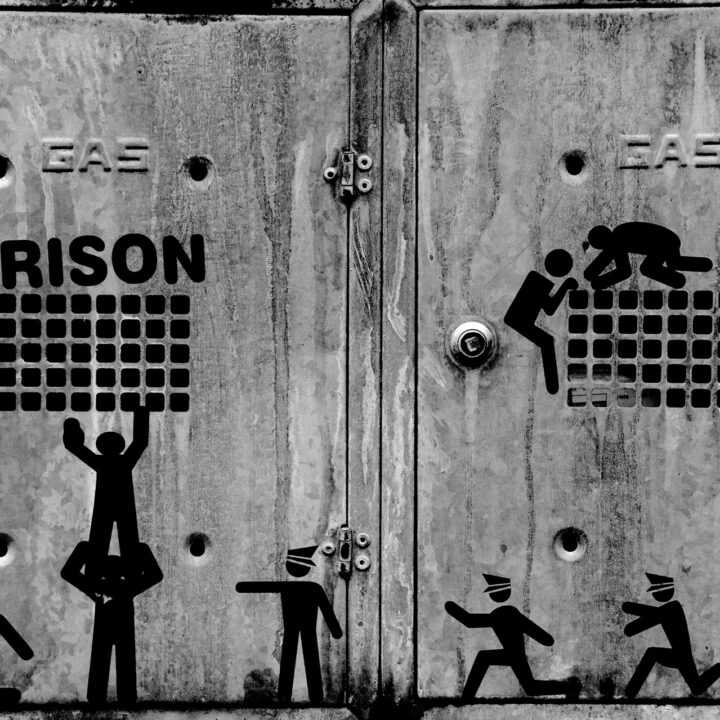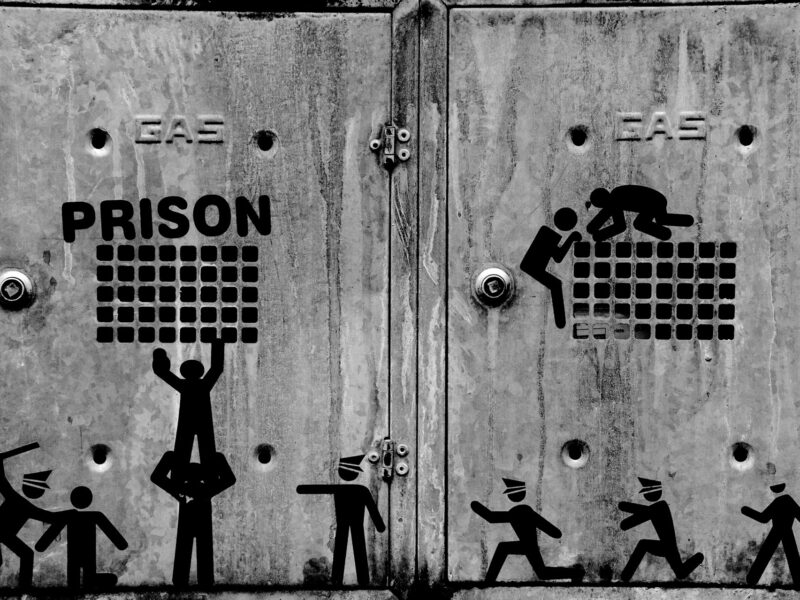Reading Time: 15 minutes1 John opens as a pastoral homily whose exordium (1:1–4) anchors assurance in apostolic eyewitness testimony to Christ, as preserved in Scripture, and in shared fellowship. This instalment follows the first movement (1:5–2:17), where the thesis “God is Light” exposes self-deception, directs confession, and culminates in Christ’s righteous advocacy and hilasmos. Walking in the light yields cleansing and communion. Keeping his commandments and his word discloses genuine knowledge of God. Love of the brother manifests life shared with the Father and the Son. Read 1 John as theology that governs ethics. Truth received becomes truth practised, and joy matures where the word abides and obedience reflects the walk of Jesus. Continue Reading 1 John. Part 1: Truth, Lies, and Life in the Light
Exodus Reframed: Theological Parallels of Moses & Paul
Reading Time: 29 minutesMoses and Paul emerge in Scripture as twin heralds who encapsulate one covenant drama in two successive acts. Each is summoned by an overwhelming theophany—Sinai’s burning bush and Damascus’ blinding light—then commissioned to liberate a captive people and to mediate divine instruction that forges communal identity. Their ministries converge around the Exodus motif: Moses leads Israel from Pharaoh’s bondage to Canaan, while Paul proclaims a universal exodus in which Jew and Gentile are freed from sin and gathered into a Spirit-indwelt temple, already anticipating the eschatological inheritance. Read together, their trajectories disclose a single redemptive logic in which geography expands into new creation and Torah is internalised by the Spirit, inviting contemporary believers to locate their own pilgrimage within this grand narrative of deliverance, covenant, and hope.
Continue Reading Exodus Reframed: Theological Parallels of Moses & Paul
Distinguishing Typology and Allegory: Short
Reading Time: 3 minutesThis article explores the critical distinction between typology and allegory in biblical interpretation. Drawing on Scripture and the scholarship of Brent E. Parker, it clarifies their differing literary forms, historical grounding, and theological functions. Preserving this distinction safeguards both the literal sense and theological richness of the biblical text. Continue Reading Distinguishing Typology and Allegory: Short
The Desert: Theological Short
Reading Time: 3 minutesThe desert, within biblical theology, is not mere geography but a crucible of spiritual formation. A liminal space where divine fidelity confronts human frailty. From Israel’s wilderness journey to Pauline imagery of civic estrangement, the desert emerges as an allegorical topos of covenantal testing. This reflection reconsiders the wilderness as the sacred terrain of transformation, where scarcity yields to sacrament and emptiness becomes the site of divine encounter.
Continue Reading The Desert: Theological Short
The Gospel of John: Screenwriter’s Edit
Reading Time: 45 minutesThroughout the Gospel, Johannine scenes are composed with the precision of a visual dramaturgy: each setting, gesture, and dialogue strand is weighted with theological subtext. Light and darkness, water and wine, bread and flesh; these motifs function as recurring visual anchors, that translate abstract Christological claims into concrete imagery. The Evangelist thus crafts an immersive narrative architecture that communicates doctrine by evoking sight, sound, and symbol rather than discursive exposition. Continue Reading The Gospel of John: Screenwriter’s Edit
Our Dystopian Inheritance
Reading Time: 15 minutesIn a world marked by pervasive indifference, modern society breeds madness, disillusionment, and loneliness as we become entangled in counterfeit norms and shallow values. Yet amid this dystopian inheritance, the gospel offers profound solace; a beacon of truth and hope that cuts through the prevailing nihilism to restore genuine meaning and community. Continue Reading Our Dystopian Inheritance






























